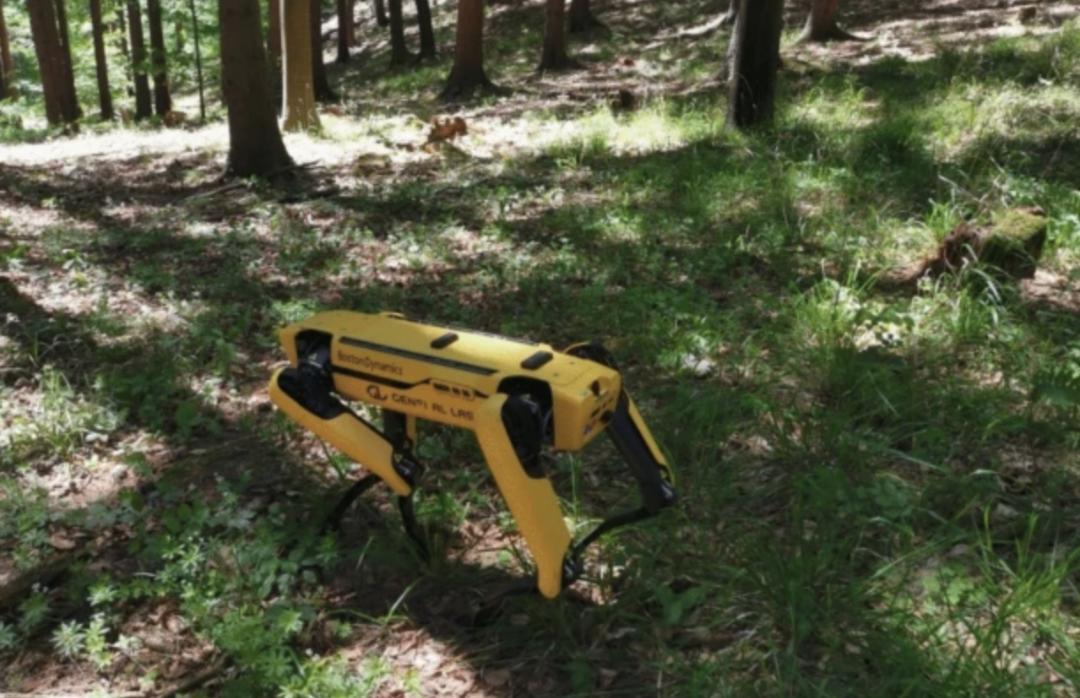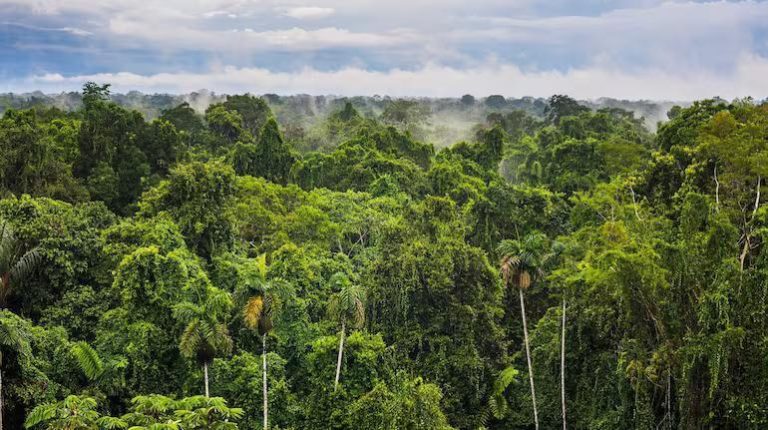
GPS-free robot navigation inspired by ants, birds, rats developed
The field of robotics has witnessed significant advancements in recent years, with researchers continuously striving to develop innovative solutions that enable robots to navigate complex environments with ease. One of the major challenges in robot navigation is the reliance on Global Positioning System (GPS) technology, which can be unreliable or unavailable in certain situations, such as collapsed buildings or dense forests. To address this issue, a team of Chinese researchers has developed a GPS-free navigation system that draws inspiration from the remarkable navigational abilities of ants, birds, and rats.
The newly developed system comprises three key components, each inspired by a different animal’s navigational strategy. The first component is an ant-inspired path integrator, which is built on spiking neural networks. This system allows the robot to keep track of its movement and orientation, even in the absence of visual cues. By mimicking the way ants use their internal compass to navigate, the robot can estimate its position and direction of travel, enabling it to move efficiently through unknown environments.
The second component of the system is a bird-inspired multisensory fusion mechanism, which utilizes the Earth’s magnetic field and polarized light to provide the robot with a sense of direction and orientation. This is similar to how birds use the Earth’s magnetic field and the polarization of light to navigate during migration. By combining these two sources of information, the robot can determine its heading and position, even in the absence of GPS signals.
The third component of the system is a rat-inspired spatial memory map, which creates a mental map of the environment as the robot moves through it. This map is updated only when the robot detects landmarks, such as distinctive features or objects, allowing it to build a cognitive map of its surroundings. This is similar to how rats use their hippocampus to create cognitive maps of their environment, enabling them to navigate complex spaces with ease.
The combination of these three components enables the robot to navigate complex environments with remarkable accuracy and efficiency. The ant-inspired path integrator provides a sense of movement and orientation, while the bird-inspired multisensory fusion mechanism provides a sense of direction and position. The rat-inspired spatial memory map, meanwhile, allows the robot to build a cognitive map of its surroundings, enabling it to navigate through familiar environments with ease.
The potential applications of this GPS-free navigation system are vast and varied. For example, it could be used to develop robots that can navigate collapsed buildings or dense forests, where GPS signals are often unreliable or unavailable. It could also be used to develop autonomous vehicles that can navigate complex urban environments, such as streets and alleys, without the need for GPS. Additionally, the system could be used to develop robots that can navigate complex indoor environments, such as warehouses or shopping malls, where GPS signals are often weak or unavailable.
The development of this GPS-free navigation system is a significant breakthrough in the field of robotics, and it has the potential to revolutionize the way robots navigate complex environments. By drawing inspiration from the remarkable navigational abilities of ants, birds, and rats, the researchers have created a system that is not only highly effective but also remarkably efficient. As the field of robotics continues to evolve, it is likely that we will see even more innovative solutions that enable robots to navigate complex environments with ease.
In conclusion, the development of a GPS-free navigation system inspired by ants, birds, and rats is a significant achievement that has the potential to revolutionize the field of robotics. By combining the remarkable navigational abilities of these animals, the researchers have created a system that is highly effective, efficient, and adaptable. As we continue to develop and refine this technology, we can expect to see even more innovative solutions that enable robots to navigate complex environments with ease.
For more information on this breakthrough, please visit: https://papers.ssrn.com/sol3/papers.cfm
News Source: https://papers.ssrn.com/sol3/papers.cfm






